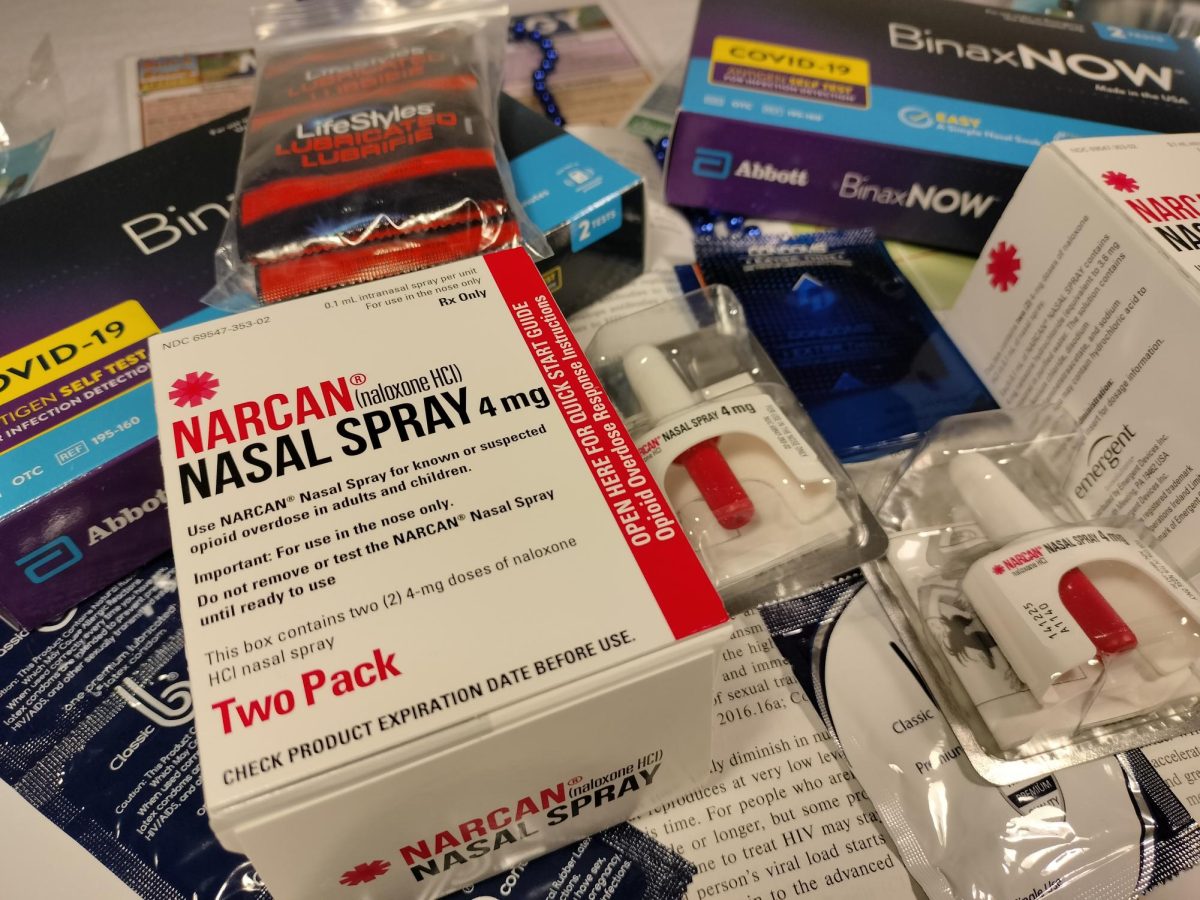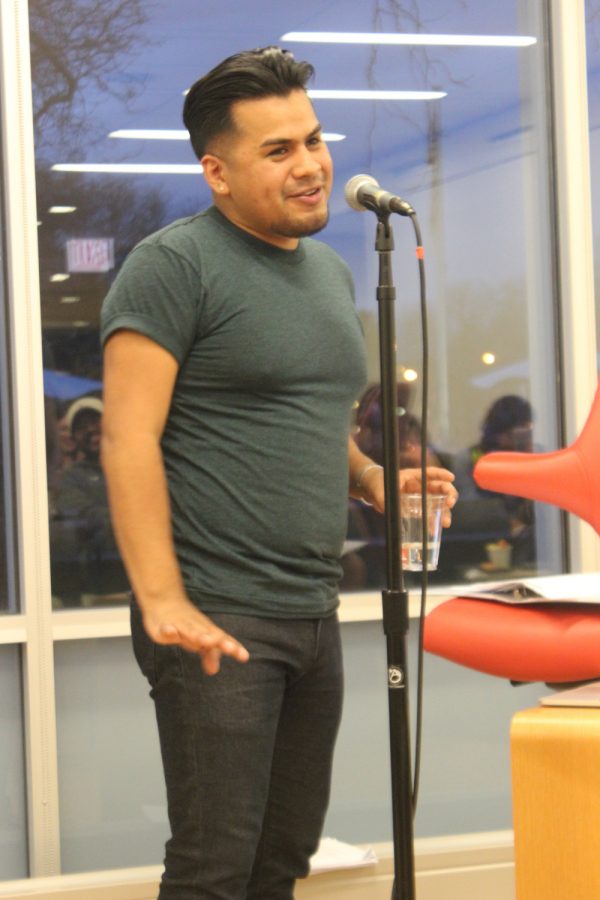By Hiram Crespo – Contributing Writer
Photo by Hiram Crespo
Photo by Hiram Crespo
Northeastern Illinois University (NEIU) was visited Sept. 4, 2012 by the Caravan for Peace, a collective of thousands of Mexican mothers, siblings, fathers and other family members who accidentally became activists after having lost loved ones in the drug war.
Their presence on campus helped humanize and personalize the difficult problems related to drug and arms traffic between the two countries. The illicit nature of these markets makes it difficult to accurately track how profitable they are but, if statistics are any indication, the exchange of arms and drugs between the US and Mexico seems to work like a well-oiled machine and represents a significant portion of the economy in both countries. Estimates for how many people have died over the last six years in crimes related to the drug wars range from 47,500 (The Telegraph) to 50,000 (The Atlantic) with more victims being uncovered daily, but some Caravan members cited figures as high as 70,000.
There is ample conviction among victims’ families that the war on drugs that has been conducted by the US and Mexico for decades is a policy failure. One caravan member explained how drugs are not the actual problem, that it’s US-led militarization of the problem and drug prohibition that causes the turf war. “40 years of this war policy has turned us into criminals. There are more deaths from the violence than from drug addiction. Mexico provides the drugs, the US provides the arms, and our people provide the dead”. According to the Stockholm International Peace Research Institute, the US spends nearly $700 billion in military expenses – a full 20% of our federal budget – and is responsible for 35% of global arms export.
One mother said,”It’s not the ones who die, but the families, who live at the mercy of those who take the liberty to kill”. Another mother said “My son, it’s as if the Earth swallowed him. What prohibition has done is to create an illicit market that finances organized crime. I ask the US to change its policy to one of security and human development”.
Several of the mothers who gave testimony had journeyed numerous Mexican and American states in search for their lost sons, whom they were never able to bury. The possibility that their sons may still be alive left them emotionally broken, in a state of perpetual agony and lack of closure. They reiterate that the Mexican authorities are so corrupt that they’re completely unreliable in the process of investigating and solving these crimes.
Lucia Baca, whose 34 year old son remains missing, mentioned that they’ve “heard difficult declarations where they say that they get rid of the bodies with acid. We don’t want anyone else to live through this. It’s young people that they’re killing.” She said her son was a wholesome student and a systems engineer who worked for IBM Mexico. His friend, Braulio, who was with him also, remains missing. Braulio’s mother lacks the means to join the Caravan and look for her son.
Another grieving mother gave a speech where she told the audience “this has no name. When you lose a father or mother, you’re an orphan. When you lose a spouse, you’re a widow. But when you lose a child, this is a pain for which there is no name. We are dying from this pain.”
Indigenous leader Zacario, from the state of Chiapas, said “We are defending our Mother Earth from the multinational companies that want to exploit her. Let there be no pollution of the land. We want to leave the land wholesome for the children, for everyone”.
Zacario then went on to note that rampant government corruption is at the heart of Mexico’s problems and that many local leaders had been persecuted, imprisoned or killed by the authorities after speaking up against so-called ‘development’ projects that negatively impact human safety, public health and the environment. He went on to explain that their “movement is non-violent in the tradition of Ghandi and other leaders who also struggled and were killed.”
A Salvadorian mother also spoke about the experiences of Central Americans who travel through Mexico in the hopes of attaining the American dream and die while en route. “Sometimes they travel on the roof of the train, they’re so exhausted that they fall asleep, they fall and la Bestia kills them or cuts their legs or body parts”. La Bestia is their name for the trans-continental train that Central Americans use to reach the US border. They call it “the Beast” because it kills or wounds so many of them annually.
One Caravan member said “Media is an obstacle to be able to reach you, but social media helps us”. It’s possible that the violence will garner more media attention as it continues to spill over into US territory.
For more personal stories and information about the Caravan, visit http://www.caravanforpeace.org/.






